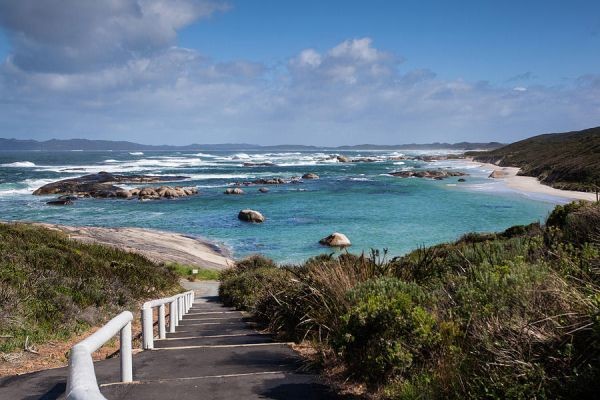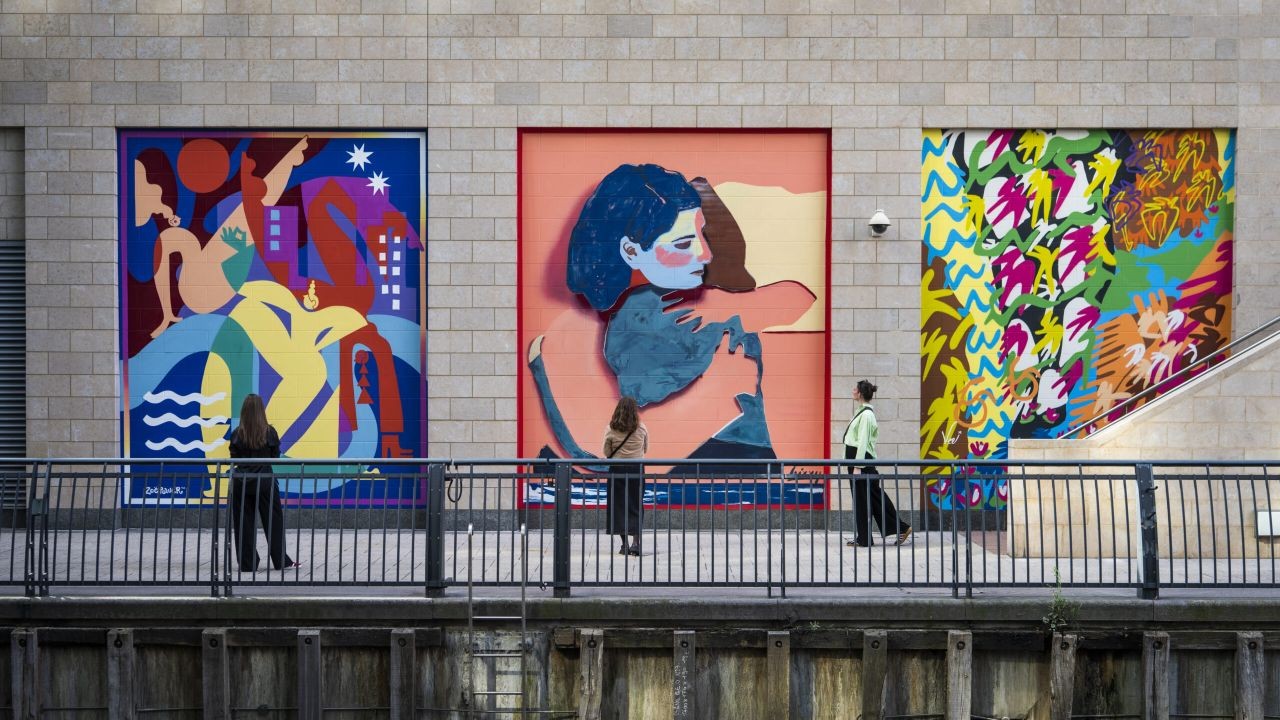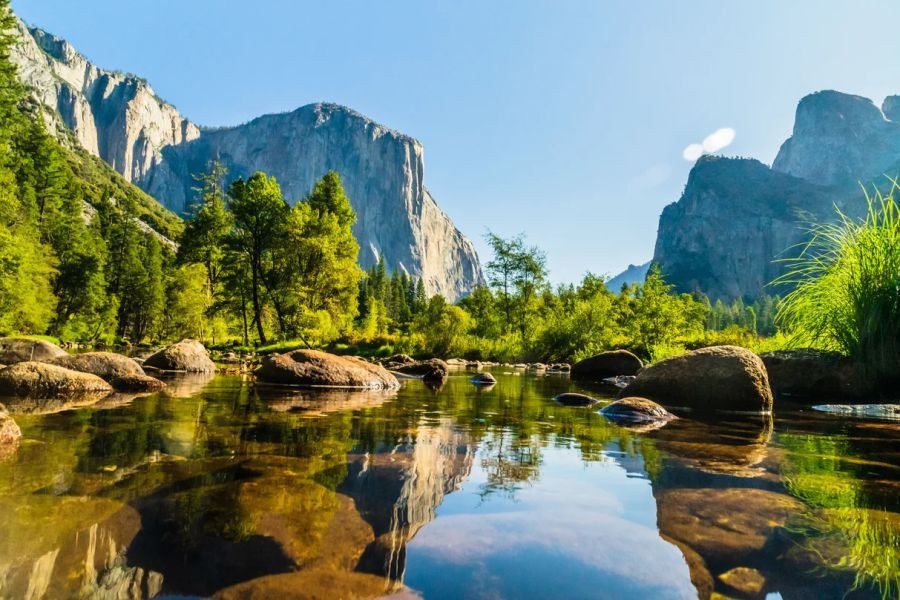In New Zealand, known for its stunning landscapes and unique biodiversity, tourism is a double-edged sword. On one hand, it’s a vital part of the economy, contributing significantly to GDP and employment. On the other, the burgeoning influx of tourists poses a threat to the very charm that attracts them. The question looms: will over-tourism cause New Zealand’s most popular destinations to lose their allure?
Understanding the Impact of Over-Tourism
Over-tourism refers to the situation where the number of tourists visiting a destination exceeds the capacity for the environment, infrastructure, or community to cope. In New Zealand, this is increasingly becoming a concern. According to Stats NZ, international visitor arrivals rose by 2.5% in 2019, reaching a record 3.89 million people—the equivalent of the country's entire population.
The Economic Significance of Tourism in New Zealand
Tourism is New Zealand’s largest export industry, accounting for 20.1% of total exports and directly employing 8.4% of the workforce, as reported by the Ministry of Business, Innovation, and Employment (MBIE). This underscores its importance to the economy, but it also highlights the potential risks if the industry is not managed sustainably.
Case Study: The Overwhelming Crowds at Milford Sound
Milford Sound, a UNESCO World Heritage site, epitomizes the challenges of over-tourism. Once a serene fjord, it now sees up to 1 million visitors annually. The influx has led to overcrowding, increased pollution, and a strain on local resources. The Department of Conservation (DOC) has reported environmental degradation, prompting discussions about visitor caps and sustainable tourism practices.
Environmental Consequences and Sustainability Challenges
The environmental impact of over-tourism is profound. Popular sites like Tongariro Alpine Crossing face erosion and habitat disruption due to the sheer volume of foot traffic. A DOC report indicated that certain native species are under threat, with their habitats being trampled by unaware tourists. Moreover, increased carbon emissions from travel exacerbate global warming, further threatening New Zealand's delicate ecosystems.
Contrasting Perspectives on Over-Tourism
While some argue that tourism drives economic growth and cultural exchange, others point to the unsustainable pressure it places on natural resources and local communities. Critics emphasize the need for a balance, advocating for policies that prioritize environmental conservation without stifling economic benefits.
The Pros and Cons of Tourism Growth
- Pros: Economic growth, job creation, cultural exchange, and infrastructure development.
- Cons: Environmental degradation, loss of cultural identity, infrastructure strain, and social tensions.
Finding a middle ground involves implementing sustainable tourism practices and policies to mitigate negative impacts while enhancing positive outcomes.
Industry Insight: Sustainable Tourism Initiatives
New Zealand is pioneering sustainable tourism through initiatives like the Tiaki Promise, which encourages visitors to care for the land, sea, and culture. Moreover, the government is exploring eco-certification for businesses, promoting sustainable practices among operators.
Future Trends and Predictions
Looking ahead, New Zealand's tourism industry is likely to see a shift towards sustainability. Experts predict an increase in eco-tourism, with a focus on carbon-neutral travel and conservation efforts. A report by Deloitte suggests that by 2030, sustainable tourism will become a cornerstone of the industry, driven by consumer demand and regulatory pressures.
Common Myths and Misconceptions
- Myth: Increasing tourism always boosts local economies. Reality: In some cases, the costs of infrastructure and environmental damage outweigh economic benefits (Source: MBIE).
- Myth: Tourist numbers can grow indefinitely. Reality: Without sustainable management, destinations can suffer from environmental and social degradation (Source: DOC).
- Myth: Locals always benefit from tourism. Reality: Often, tourism can lead to higher living costs and cultural exploitation, benefiting only a few (Source: University of Auckland).
Steps Towards Sustainable Tourism
To sustain its tourism industry, New Zealand must adopt a multifaceted approach:
- Implement visitor caps in sensitive areas to prevent environmental degradation.
- Enhance infrastructure to support increased tourism without damaging local ecosystems.
- Promote off-peak travel to distribute tourist numbers more evenly throughout the year.
- Invest in eco-friendly transportation options to reduce carbon footprints.
- Engage local communities in tourism planning to ensure benefits are equitably distributed.
Conclusion
New Zealand's allure lies in its pristine landscapes and rich culture, both of which are at risk from over-tourism. Yet, by implementing sustainable tourism practices, New Zealand can protect its natural heritage while continuing to reap the economic benefits of tourism. The path forward requires collaboration between government, industry, and communities, ensuring a harmonious balance between growth and preservation.
What are your thoughts on sustainable tourism in New Zealand? Share your insights and join the conversation!
People Also Ask
- How does over-tourism affect New Zealand's environment? Over-tourism leads to habitat disruption, increased pollution, and strain on resources, threatening New Zealand's biodiversity.
- What are the solutions to over-tourism in New Zealand? Solutions include visitor caps, eco-friendly infrastructure, and promoting off-peak travel to balance tourist distribution.
- Is sustainable tourism possible in New Zealand? Yes, with initiatives like the Tiaki Promise and eco-certification, sustainable tourism can protect the environment and benefit local communities.
Related Search Queries
- Over-tourism in New Zealand
- Sustainable tourism practices
- Environmental impact of tourism
- New Zealand tourism policies
- Eco-friendly travel New Zealand






























